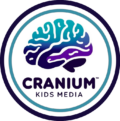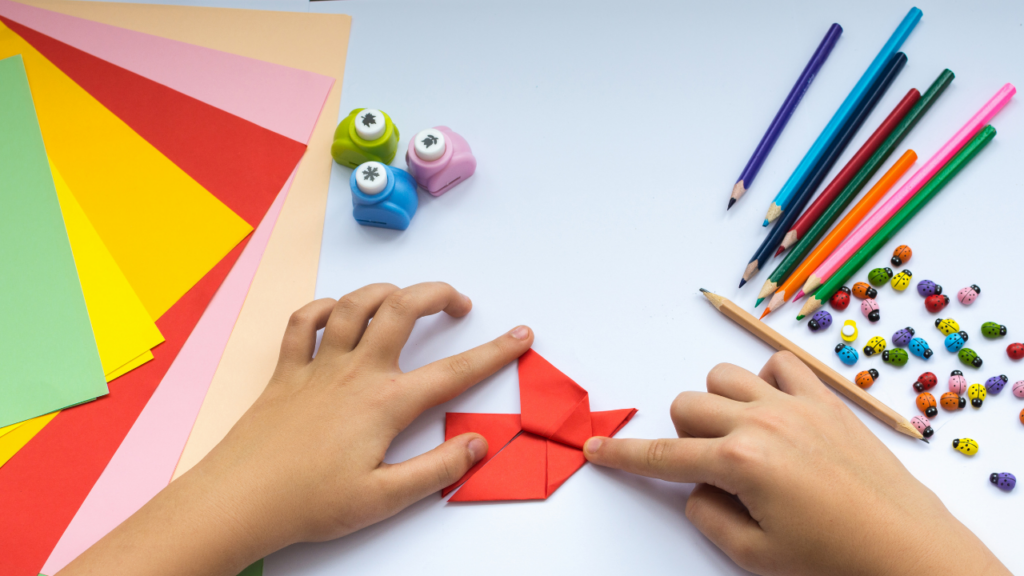Have you ever wondered how learning unfolds in our minds, much like the intricate folds of an origami project? Imagine the human brain as a complex origami masterpiece, with each fold representing a new learning experience. As we navigate the challenges and triumphs of learning, we forge neural pathways that shape our understanding of the world around us.
Let’s explore how we can use the art of origami to teach children about the process of learning. In this lesson we will discover how the careful folds of an origami project mirror the formation of neural pathways in the brain. We will also discuss the emotions and challenges that accompany learning, and learn how to embrace these experiences as catalysts for growth and development.
The Familiar and the Unfamiliar
Begin by engaging your students with a thought-provoking question: What is something that is easy for them now but was challenging when they first learned it? This sets the stage for a discussion on the range of emotions associated with learning—excitement, frustration, hope, pride, overwhelm, and anxiety.
Building Learning Pathways
Explain the concept that our brains create connections or learning pathways when we encounter new challenges. Just like the discomfort of unfolding a new origami project, the initial stages of learning can be uncomfortable. This discomfort gradually eases as neural pathways develop, making the topic or task more familiar and automatic.
The Brain’s Safety Pup
Introduce the idea of the brain’s safety pup, represented by the amygdala. Much like a vigilant dog that “barks” in the face of challenges, the amygdala signals potential danger. This canine analogy provides a tangible connection for children to understand the emotional responses associated with learning.

Origami as Neural Pathways
Lead the students through an origami project, creating a dog’s head as a symbolic representation of the brain’s safety pup. Each fold in the origami project mirrors the development of neural pathways in the brain. The twists and turns in the origami parallel the challenges and triumphs in the learning process.
The Unfolding Challenge
Just before allowing the students to decorate the completed origami dog, present them with the unexpected task of unfolding their creation. This moment is met with moans, groans, gasps, and confusion—a perfect analogy for the discomfort of revisiting unfamiliar territory in learning.
Recreating the Origami
Guide the students to refold the origami. As they rediscover the creases and folds, ask the pivotal question: “Why was it so much easier the second time?” Their realization that the creases were already there serves as the “AHA!” moment, beautifully illustrating the concept of neural pathways.
Little Life Lessons • BIG Life Skills
As we conclude our origami-inspired exploration of learning, consider this takeaway: much like the folds of an origami project, learning involves navigating discomfort, building pathways, and making connections. By embracing the process, we empower young minds to tackle challenges with resilience and a newfound understanding of how their brains work.
Closing Thought
What other everyday activities can we use to demystify how the brain works and make learning meaningful for young minds? Check out our YouTube channel for more ideas!
Remember, in the world of education, we’re not just folding paper; we’re shaping minds and unfolding the extraordinary potential within each child.




